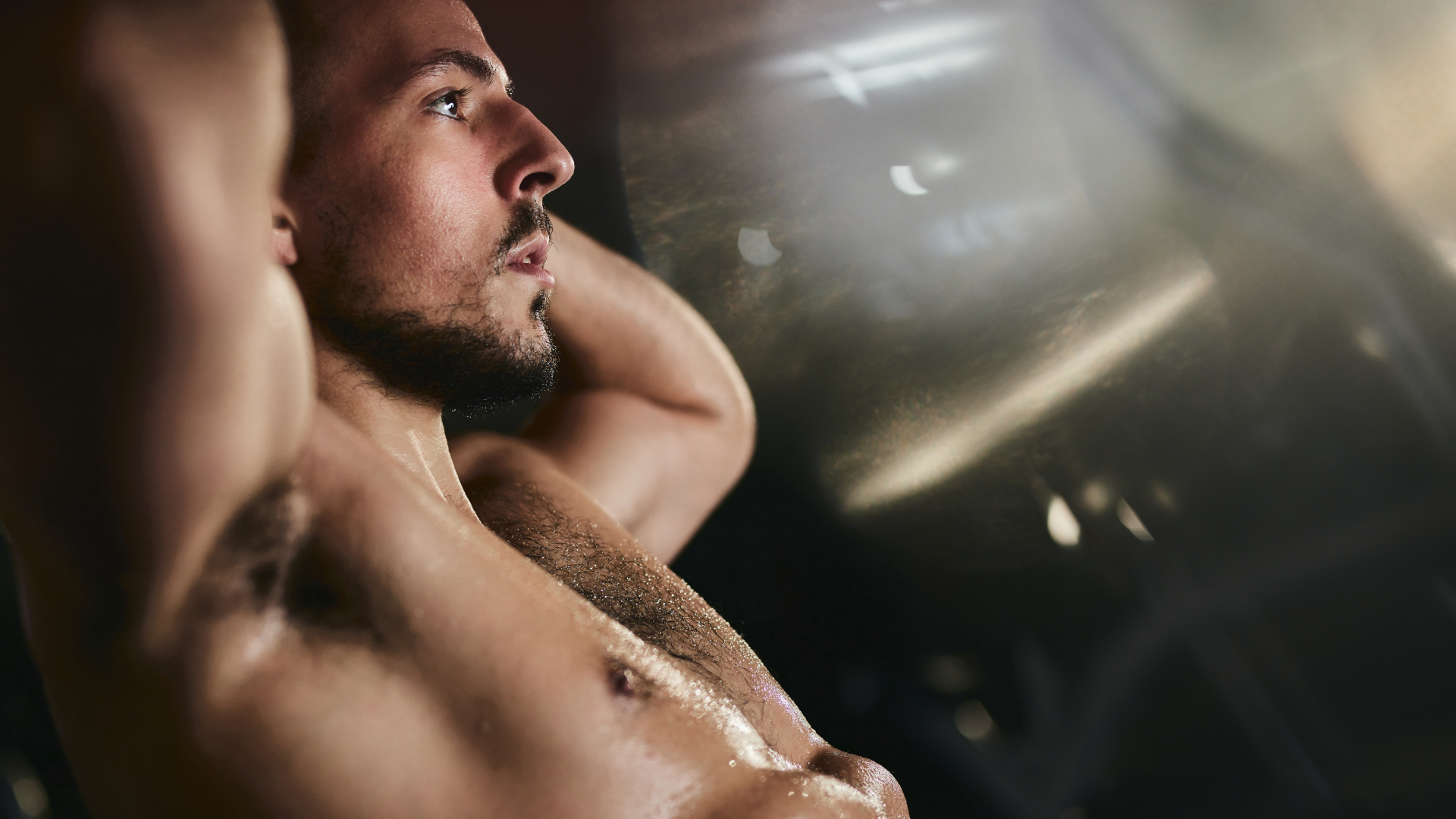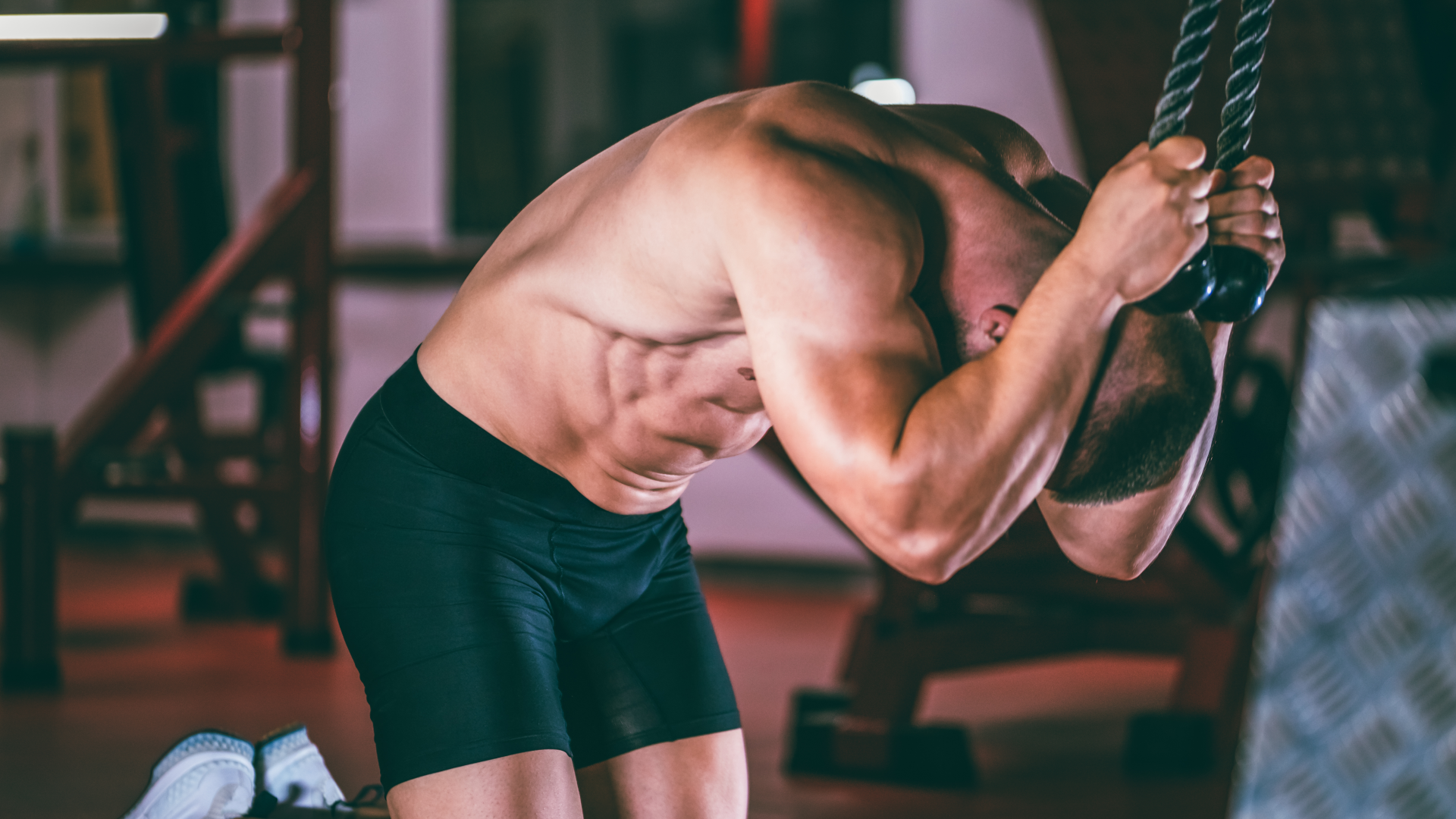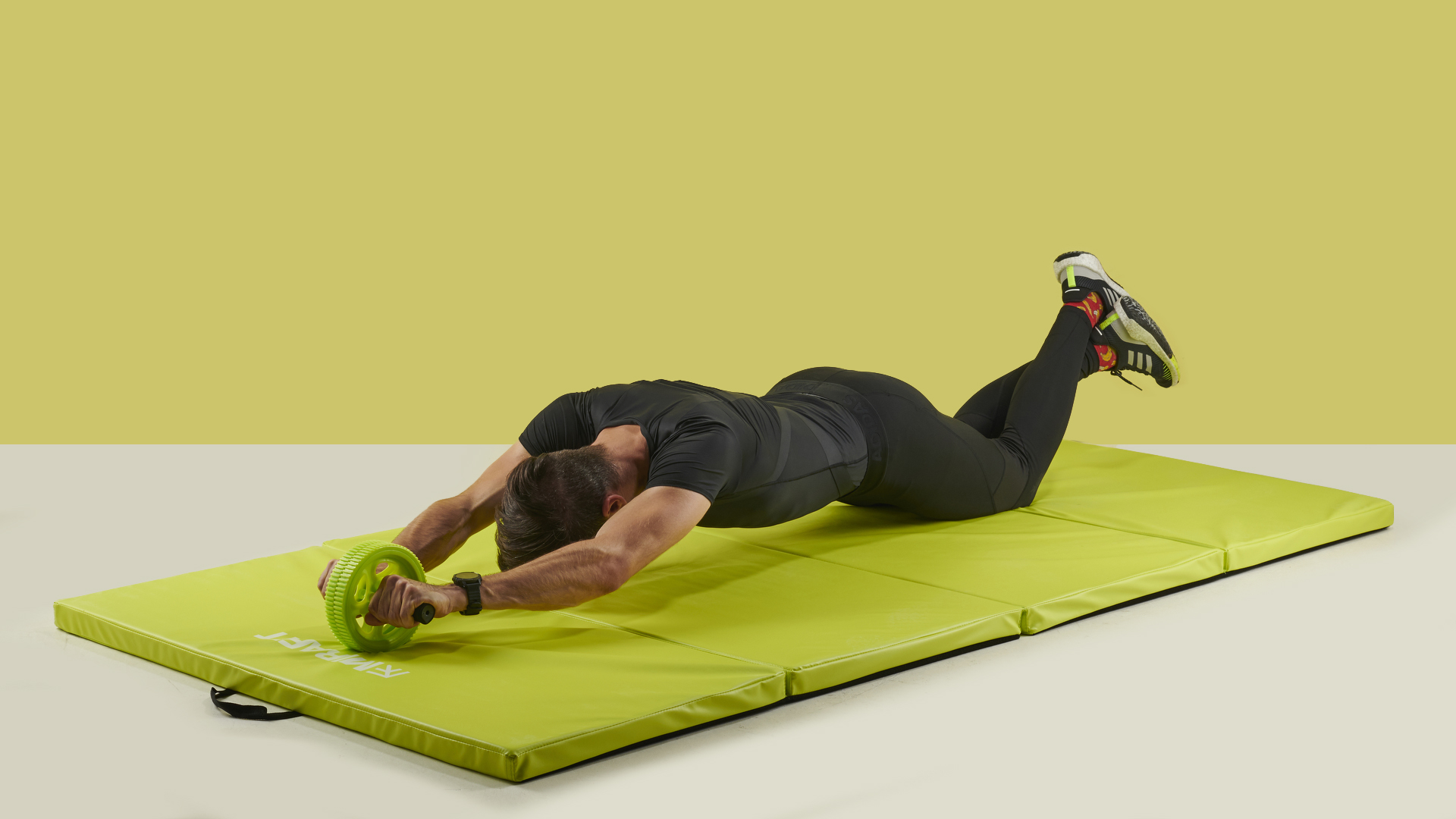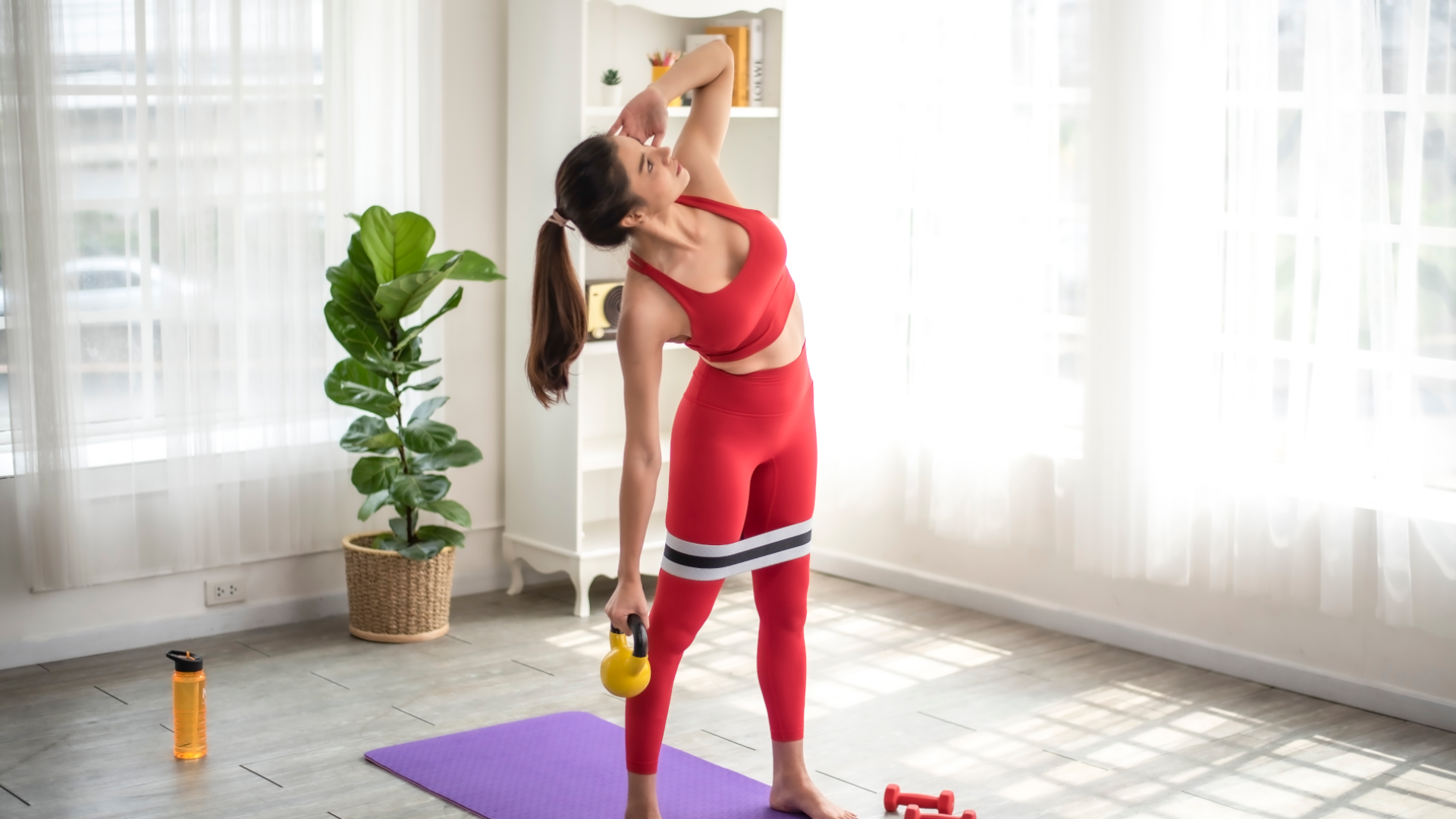The only 3 exercises you need for six-pack abs, according to an exercise scientist
The stretch and progressive overload are key


While a well-rounded, strong core will undoubtedly help you more in the gym and every day life, many people’s fitness goals still consist of building a solid set of strummable abs – and, if that’s you, that’s totally ok.
However, if you’re still under the impression that ‘abs are made in the kitchen’, then you’re wrong, and it may be the very reason why you’re not seeing any results.
In a recent YouTube video, Exercise Scientist, Dr. Milo Wolf, points out that while getting lean will help your abs show, people are still missing an essential part of ab training – and that’s training the abs themselves. “Your abs are just like any other muscle, if you train them properly, they will grow.
“And that growth is visible, even if you’re not stage lean. I’ve coached plenty of people who didn’t need to lose fat to see their abs, they just needed to build them.” That's not to say the kitchen isn't important, it really is, but you need to train hard to.
So, how do you build them? Dr Wolf says exercises that target the rectus abdominis (aka the ‘six-pack muscles’) should focus on three things:
- Spinal flexion – the primary function of the rectus abdominal muscles
- Progressive overload – essential for building strength and muscle
- Focus on the stretch – lengthening of the muscles to encourage more muscle growth
Below are the three exercises Dr Wolf says you’ll only ever need for building a set of solid abs. They tick all three of the bullet points above, in order to help your abs grow and show.
Cable crunches

This is one of the best exercises for multiple reasons: it flexes the spine and you can progressively overload it by increasing the weight over time. However, many people don’t often see its benefits because they perform it wrong.
Get all the latest news, reviews, deals and buying guides on gorgeous tech, home and active products from the T3 experts
“Most people hinge at the hips and keep their backs straight, completely missing the point,” says Dr Wolf. “On the way up, extend your spine, like puffing your chest outward; you should feel your abs stretch. On the way down, curl your spine, bring your clavicle (collarbone) towards your pelvis, not your knees.”
If you don’t hit the gym and need a bodyweight variation (although Dr Wolf says these are more difficult to progressively overload), he suggests the jackknife sit-up. “They’re harder than they look, meaning you probably won’t need weight with that many reps.”
Ab wheel rollout

“This one maximises resistance in the stretch,” says Dr Wolf. He says it’s a particularly good one for building the lower ab region, which many people so often struggle to work efficiently.
“I recommend sets of 6 to 10 reps since these are pretty hard. If you’re struggling, do them from your knees and only go down as far as you can.” The moment your form becomes sloppy the effectiveness of this exercise will massively drop and other muscles will start getting involved to assist you.
Ab rollers are cheap and cheerful too, so if you don’t go to the gym, you can easily get one for your home. If you do hit the gym, but it doesn’t have one, Dr Wolf says you can use a barbell instead. His bodyweight alternative is the dragon flag, however, this is a very advanced bodyweight exercise. A reverse crunch is far more beginner-friendly.
Dumbbell side bends

Dr Wolf says this exercise is “massively underrated”. It doesn’t actually target the rectus abdominis, it targets the obliques that run either side of your torso (also referred to as the ‘side abs’).
“In my opinion, the only oblique exercise people will ever need is the side bend,” says Dr Wolf. If you don’t have a dumbbell, a kettlebell will do nicely, or you could even use cable machines or a resistance band.
To ensure you perform it properly, Dr Wolf says to focus on feeling a deep stretch through your obliques on the opposite side and then think about using them to pull yourself back up. Avoid aimlessly swinging down then up. If you struggle with stability, he also suggests using your non-working hand to hold onto something for extra balance, like an upright weight bench or chair, if at home.

Bryony’s T3’s official ‘gym-bunny’ and Active Staff Writer, covering all things fitness. She is a certified personal trainer and also a part-time fitness instructor. In her spare time, you will find her in her natural habitat - the gym - where her style of training is a hybrid of bodybuilding and powerlifting. Bryony loves writing about accessible workouts, nutrition and testing innovative fitness products that help you reach your fitness goals and take your training to the next level.
You must confirm your public display name before commenting
Please logout and then login again, you will then be prompted to enter your display name.